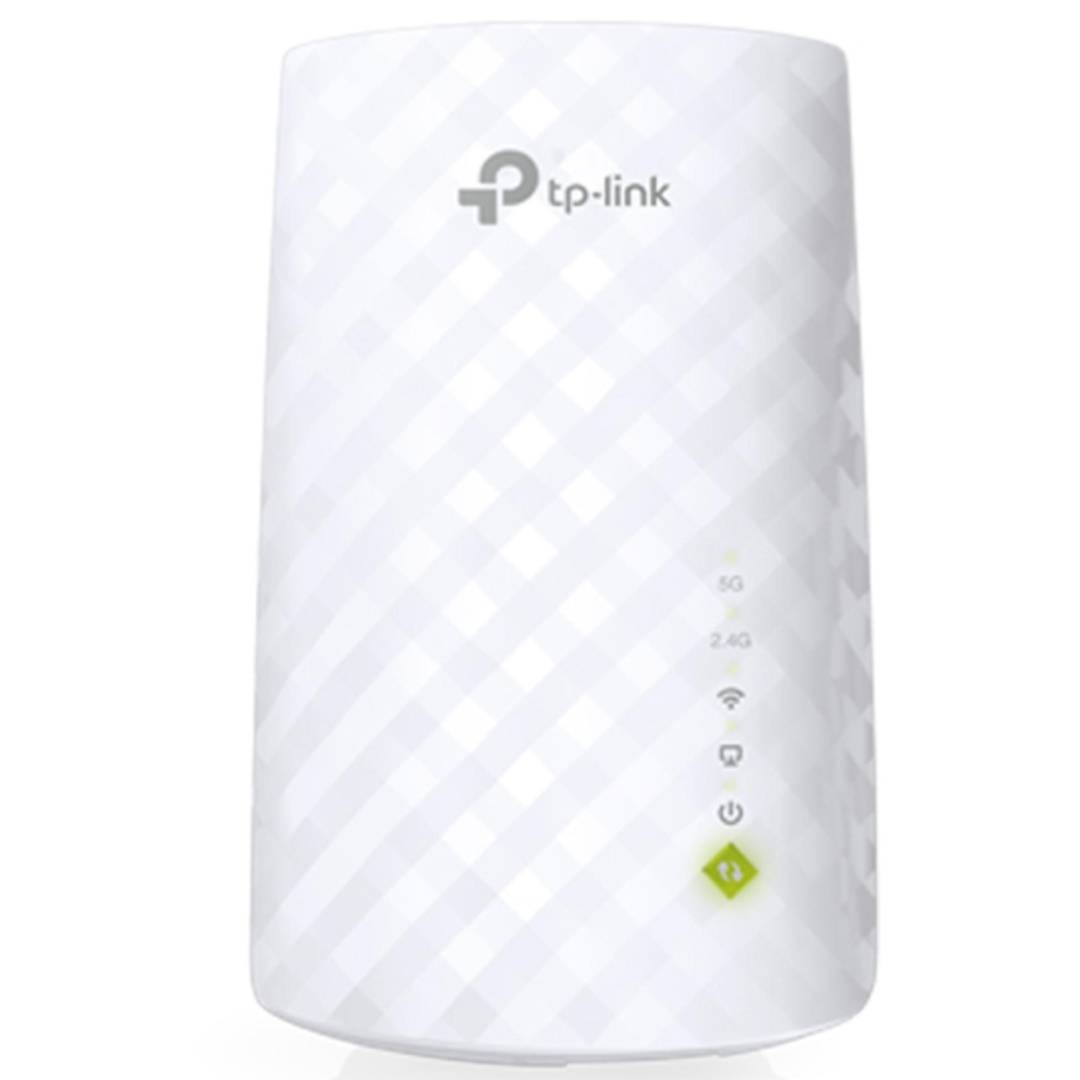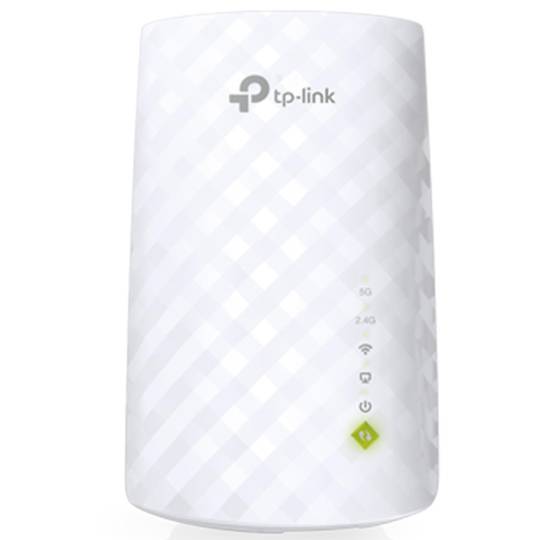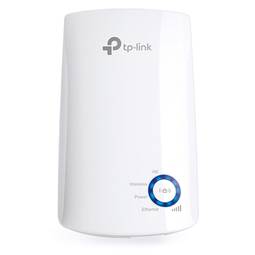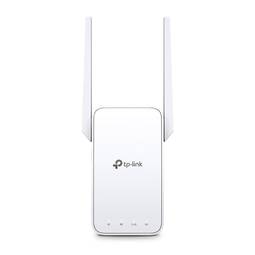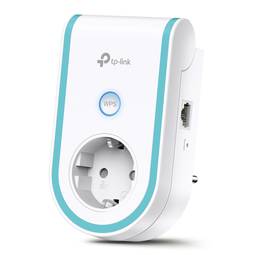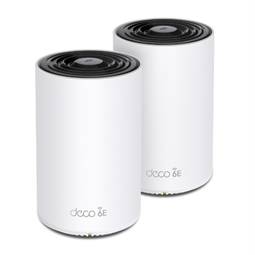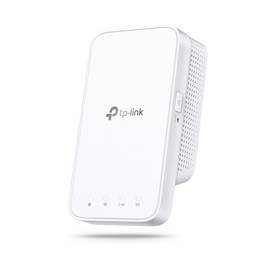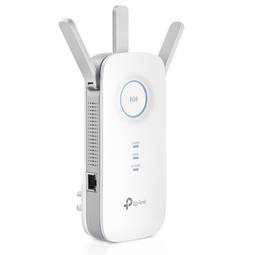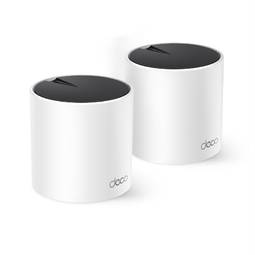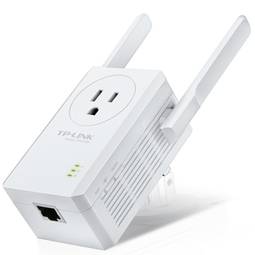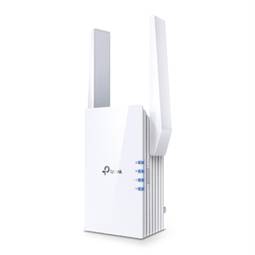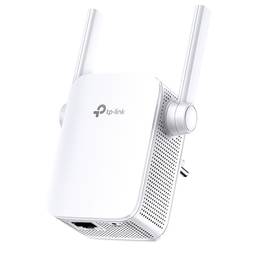11/29/2025 1:32 a.m.
https://cablematic.com/en/products/tp-link-re200-ac750-wi-fi-repeater-re200-TP648/
https://cablematic.com/en/products/tp-link-re200-ac750-wi-fi-repeater-re200-TP648/
TP-LINK RE200 AC750 Wi-Fi Repeater RE200
REF: TP648
Specifications
- Data transfer speed: 750 Mbit/s.
- Connection: Ethernet LAN, 10/100Base-T(X).
- Network standards: IEEE 802.11ac, IEEE 802.11b, IEEE 802.11g, IEEE 802.11n, Wi-Fi standards: 802.11b, 802.11g, Wi-Fi 4 (802.11n).
- Antenna type: Internal.
- Product colour: White.
PVP
€30.48
Price including VAT:
€30.48
PVD
€24.74
PVP: Retail price.
Check conditions.
PVP: Sale price to distributors.
Check conditions.
warranty
returns
safe
We will notify you when it is back in stock.
Specifications
- Data transfer speed: 750 Mbit/s.
- Connection: Ethernet LAN, 10/100Base-T(X).
- Network standards: IEEE 802.11ac, IEEE 802.11b, IEEE 802.11g, IEEE 802.11n, Wi-Fi standards: 802.11b, 802.11g, Wi-Fi 4 (802.11n).
- Antenna type: Internal.
- Product colour: White.
More info
Network repeater with a data transfer rate of up to 750 Mbit/s, an Ethernet LAN connection of 10,100 Mbit/s and an internal antenna. It is based on the network standards IEEE 802.11ac, IEEE 802.11b, IEEE 802.11g, IEEE 802.11n, as well as the Wi-Fi 802.11b and 802.11g standards, also known as Wi-Fi 4 (802.11n). It comes in a white color and its power consumption is 6.5 W. It is designed with 10/100Base-T(X) cabling technology. Manufactured by Tp-link with reference RE200.
Specifications
- Data transfer speed: 750 Mbit/s.
- Connection: Ethernet LAN, 10/100Base-T(X).
- Network standards: IEEE 802.11ac, IEEE 802.11b, IEEE 802.11g, IEEE 802.11n, Wi-Fi standards: 802.11b, 802.11g, Wi-Fi 4 (802.11n).
- Antenna type: Internal.
- Product colour: White.
- Power consumption: 6.5W.
- Ideal for improving wireless coverage in the home or office.
- Compatibility: Compatible with any Wi-Fi router, gateway or access point.
- Gross Weight: 200 g
- Product size (width x depth x height): 10.0 x 15.5 x 9.0 cm
- Number of packages: 1
- Packages size: 15.5 x 10.0 x 9.0 cm
Technical terms
- Wifi
Wifi
The Wifi technology is a wireless communication mechanism between devices. This technology allows you to connect devices such as computers, laptops, mobile etc... to the Internet or communicate with the devices themselves.
Applications can be several, among the most common are the access points, ideal for giving and sharing a connection signal to multiple devices. It is the typical configuration of a home user.
Repeater, ideal to repeat and amplify weak signal.
The power and range between devices basically depends on the antenna and its hardware.
The wireless signals work under a unified standard regulations, the standard that is based on the IEEE 802.11. These include IEEE 802.11b, IEEE 802.11g and IEEE 802.11n working at 11 Mbit/s, 54 Mbit/s and 300 Mbit/s, respectively.
Being any device with a standardized protocol such technology can connect to another using the same technology, making it a kind of universal connection.
The wireless networks are characterized by the ease and convenience of making connections in infrastructure, since it is not necessary to perform network cable installations.
it also allows connecting a lot of devices to a single node.
Applications can be several, among the most common are the access points, ideal for giving and sharing a connection signal to multiple devices. It is the typical configuration of a home user.
Repeater, ideal to repeat and amplify weak signal.
The power and range between devices basically depends on the antenna and its hardware.
The wireless signals work under a unified standard regulations, the standard that is based on the IEEE 802.11. These include IEEE 802.11b, IEEE 802.11g and IEEE 802.11n working at 11 Mbit/s, 54 Mbit/s and 300 Mbit/s, respectively.
Being any device with a standardized protocol such technology can connect to another using the same technology, making it a kind of universal connection.
The wireless networks are characterized by the ease and convenience of making connections in infrastructure, since it is not necessary to perform network cable installations.
it also allows connecting a lot of devices to a single node.



